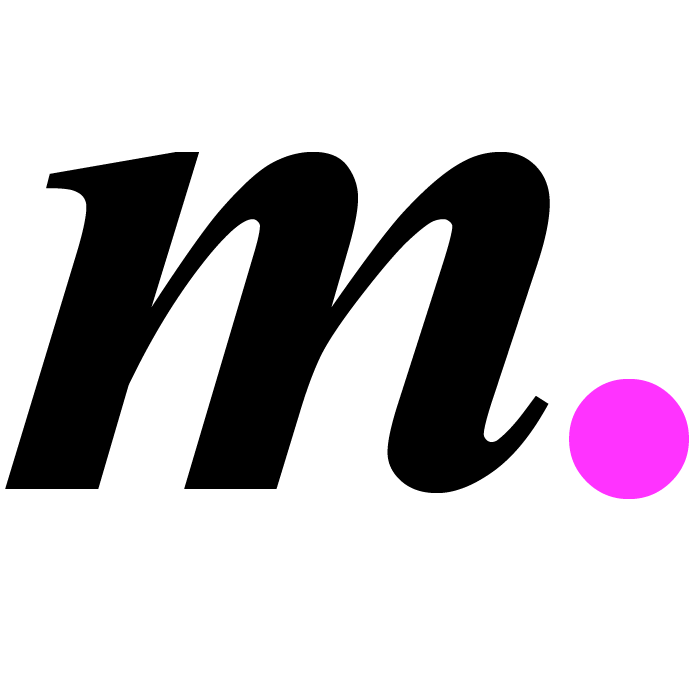En-Plein Air // Water Lilies.
Source // Claude Monet.
Europe, Summer and Autumn 2017.
—
*Related Series // The Flowered Trees.
—

‘En-Plein Air’ inscriptions are artistic interventions based on well-known Impressionist paintings, which algorithmically are added of new possibilities. The 19th century Impressionist painters reimagined nature and captured their feelings in to artworks characterised by small, thin, visible brush strokes. The consequence was to emphasise the artists’ perception, rather than detailed reality. Movement and impermanence were elevated as crucial elements of human sensitivity and visual experience. These artworks focus on the rejuvenation of Claude Monet’s Water Lilies (a series of 250 paintings created between 1840–1926).
In these inscriptions, which follows on from the author’s work in ‘Micromegalic Inscriptions’, the rejuvenation of the source-painting does not propose a complete new abstraction, but rather adds a new language to the existing background. The author sees the possibility of opening up a dialogue between Impressionism and current technologies. The painting process begins with an analysis and understanding of the impressionist’s vision and painting methods. Thus, the historical source is not erased, but becomes a fundamental part of the new creation. The Impressionist’s tools, such as the hog hair brushes and the sgraffito tool, come to be agglomerates of colours controlled by coded instructions. The Impressionist’s strokes are sometimes celebrated and kept, others transformed in to a new abstract language, which formally raises or erodes the layers of 19th century paint. The constant growth of new and old strokes gives the painterly illusion of movement and spontaneity.

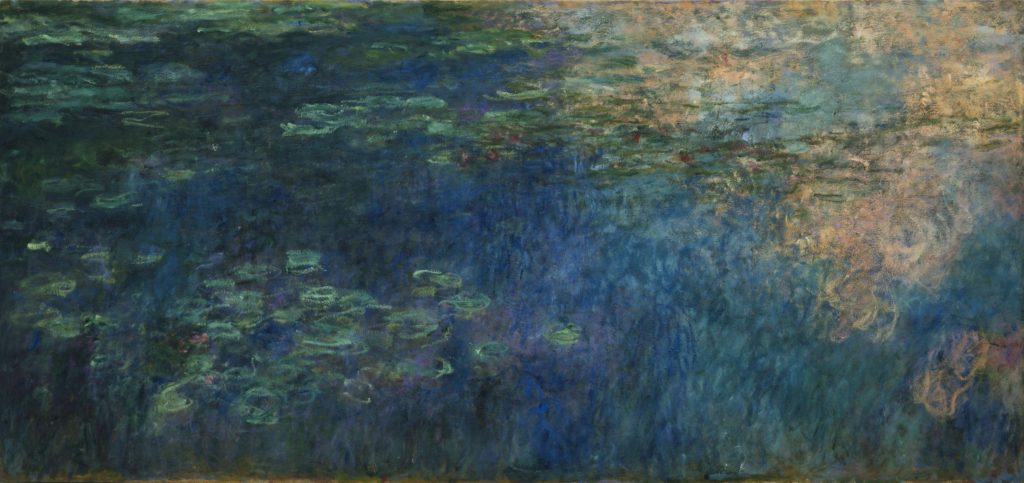
If Impressionism is considered to be the first step towards the revolution of modern painting, ‘En-Plein Air’ exalts this step, allowing history to blossom in to the current digital art revolution. Previously, Monet emphasised the modernisation of landscapes by including railways and factories, signs of encroaching industrialisation. The emphasis of new technologies now is embedded in to the painting itself. The digitally created art sporadically emerges from the source painting, metaphorically speaking, as Claude Monet’s water lilies emerge from his painted water gardens. As for Impressionist art, the preparatory drawing is not necessary and is substituted by the testing of colours and their application techniques.
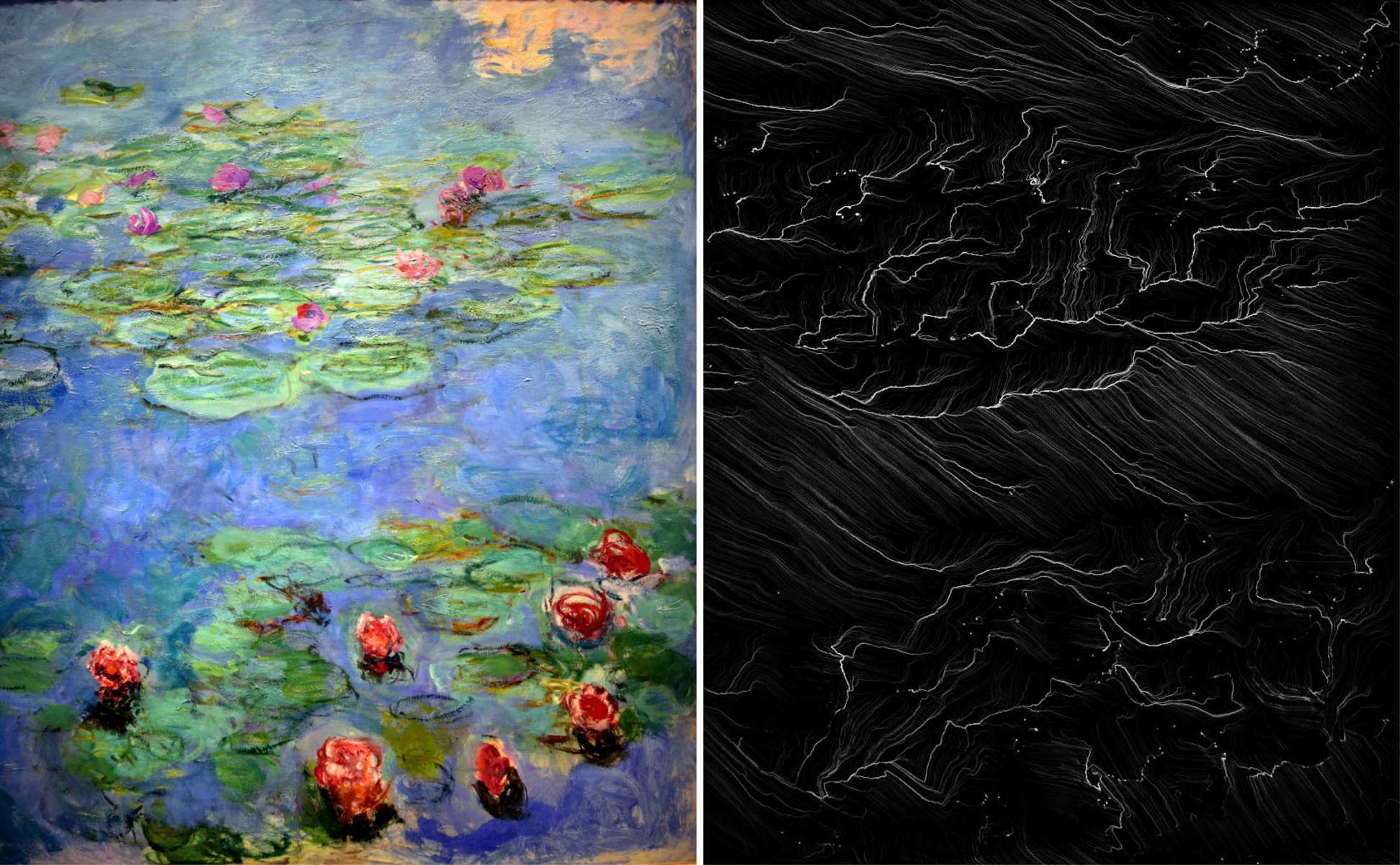
The Impressionist movement marked a revolutionary break from the normally followed traditions in European art; a sudden and dramatic stylistic shift. The author of ‘En-Plein Air’ was inspired by the Impressionists’ courage to reimagine classical art. Again, Impressionism can be part of our contemporary digital revolution with the 19th century movement not being classed as understood, concluded and defined, but as enduring and open. In ‘En-Plein Air’, digital brushes mix with the oil paintings, providing new opportunities for artistic expressions, creating a series of paintings which resist a finished appearance. The rejuvenated paint strokes evolve, multiply, and form new paths, developing a dynamic computational artwork, transforming, rather than erasing, the historical source. Thus, the Impressionist vision is on the run towards contemporary routes, in a symbiotic creative process characterised by an understanding of the history of art and a mediation between the man and the machine.
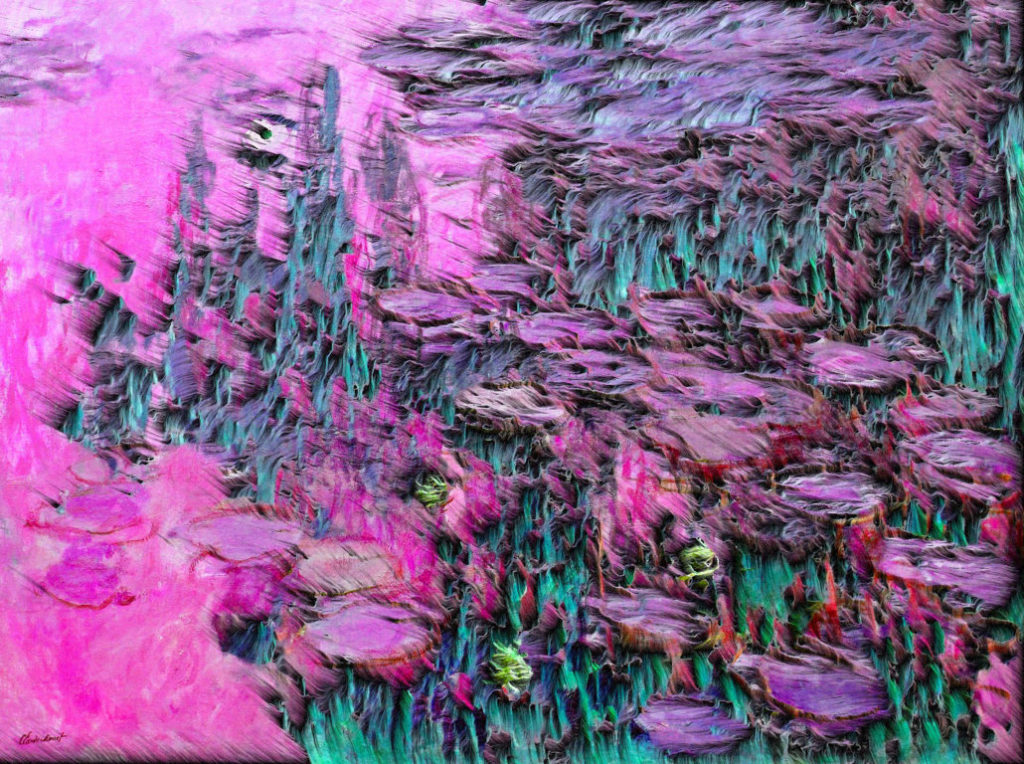

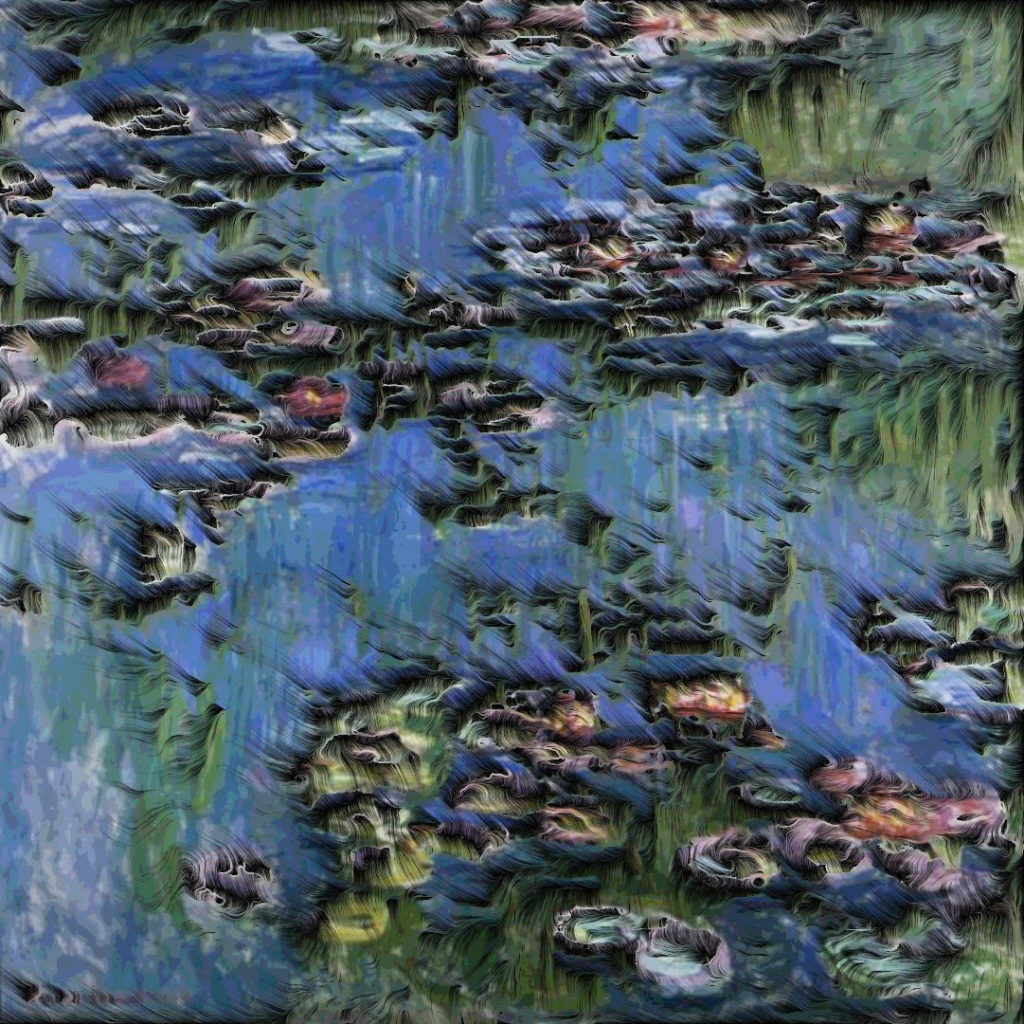
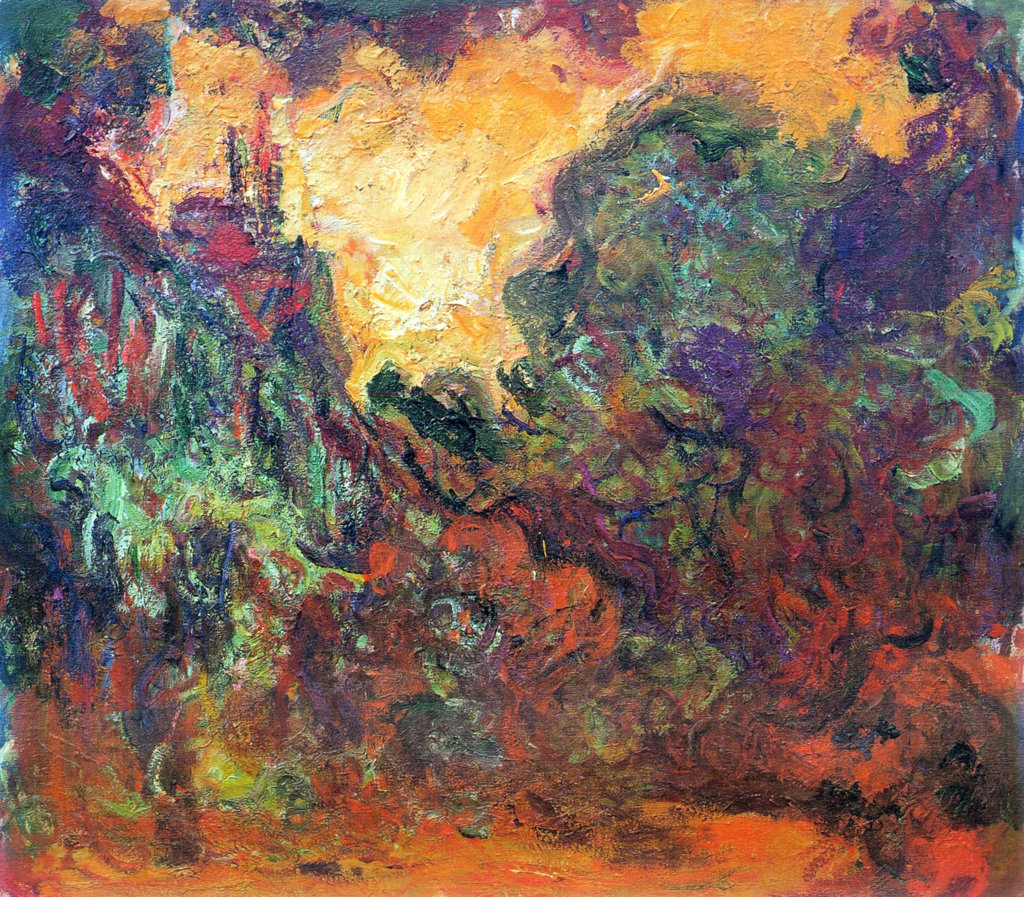
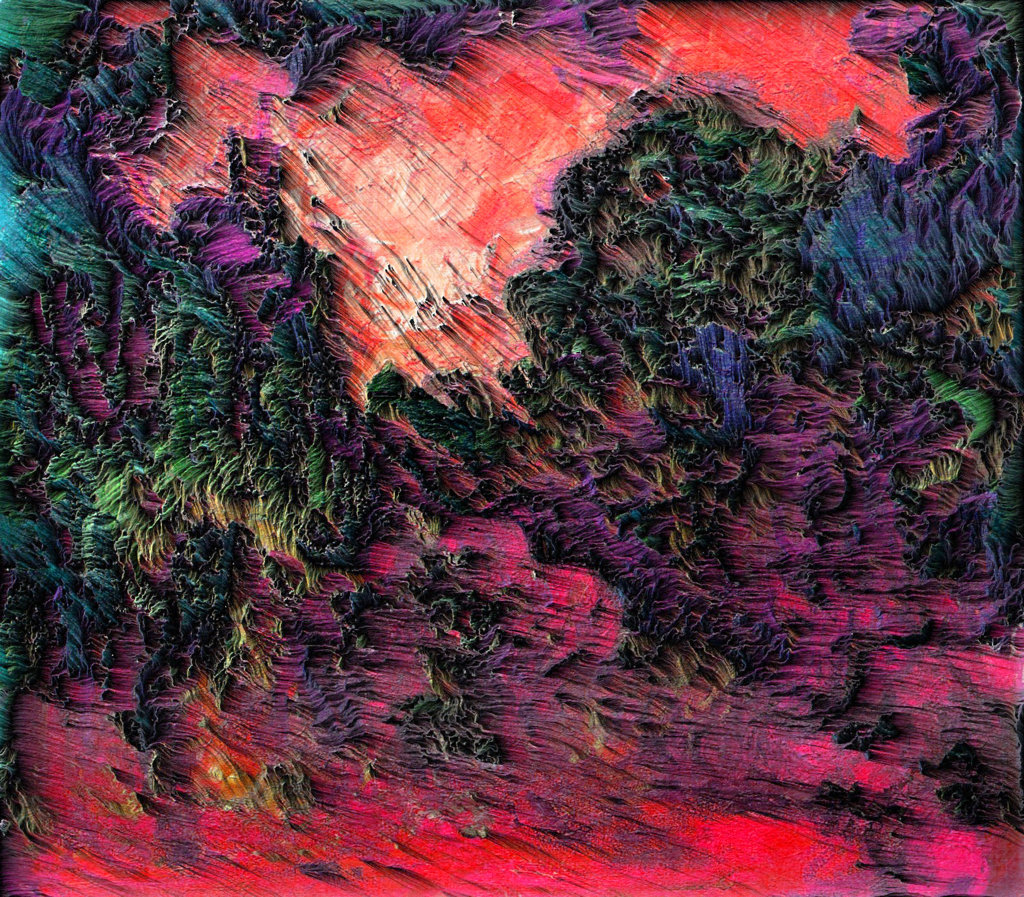
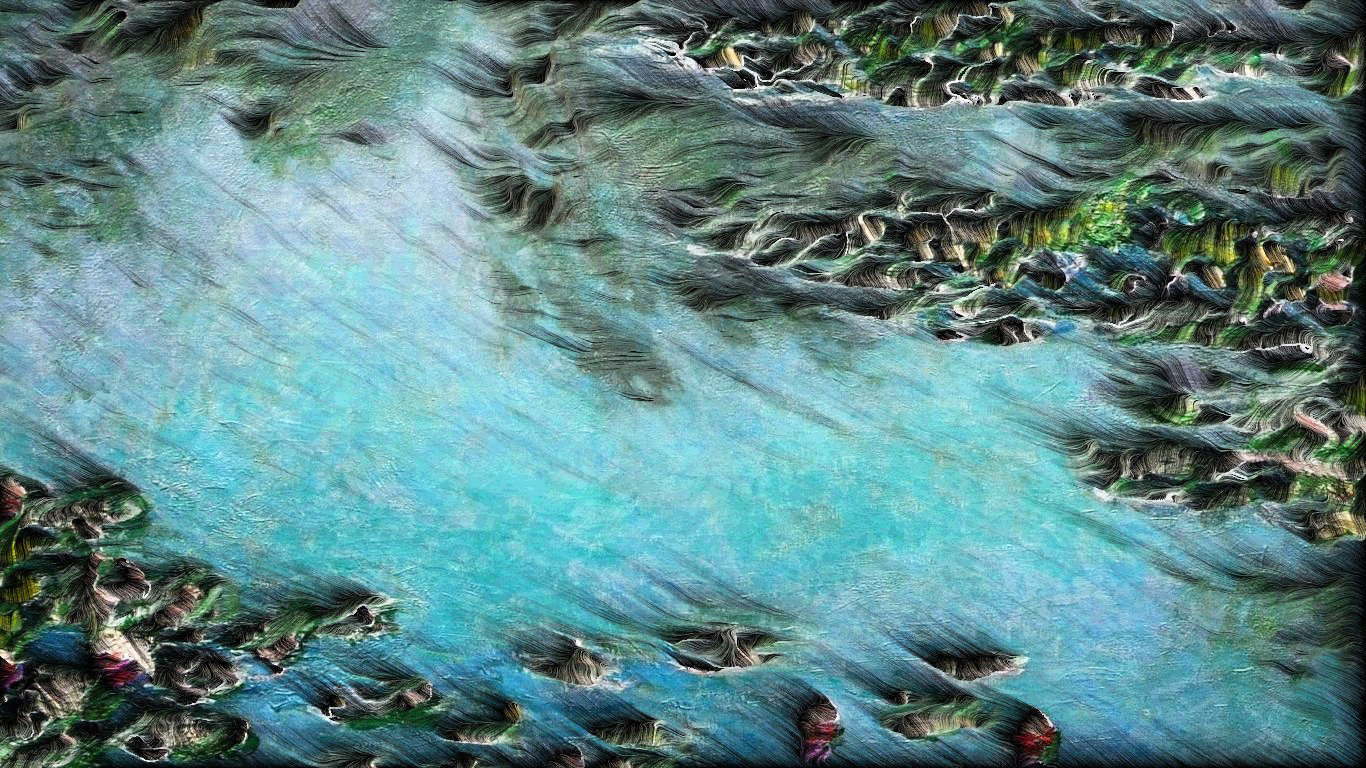
[Italian] Ancora una volta il motore del processo creativo per Matteo Mauro è azionato da celebri capolavori impressionisti, come la serie delle Ninfee di Claude Monet. Le iscrizioni digitali En-plein air non sono semplici rivisitazioni dell’arte del passato, né creazioni dal sapore contemporaneo e dal richiamo esplicito ai maestri dell’impressionismo, ma delle vere e proprie forme di sperimentazione. Il progetto si compie, trova il suo senso e la sua direzione nella misura in cui aggiunge nuove possibilità di espressione d’avanguardia a quelle già insite nelle opere originarie. Con gli strumenti dell’arte generativa, l’artista apre un dialogo proficuo tra l’impressionismo di Monet e le nuove tecnologie, ovvero tra la fonte d’ispirazione e i mezzi espressivi che sente più propri. Questa serie di opere mostra come la rivoluzione verso la modernità – cominciata con le opere impressioniste – non si sia ancora arresta. Al contrario, si arricchisce di nuove e sorprendenti possibilità di allargare l’esperienza della percezione visiva con l’ausilio del digitale. Aperta e rigenerata, l’arte impressionista non è una stagione finita, prosegue il suo cammino per ricongiungersi con l’arte computazionale, la quale – nella serie En-plein air di Matteo Mauro – diviene mezzo capace di spingere al massimo grado il germe rivoluzionario della modernità insito nella concezione impressionista.
—
#Reimpressionism #Contemporary Art #Landscape Painting
Share